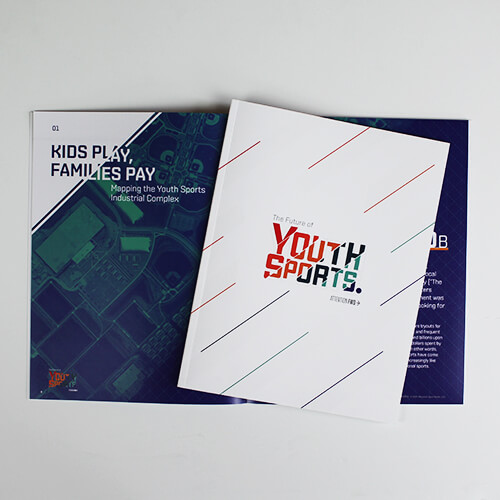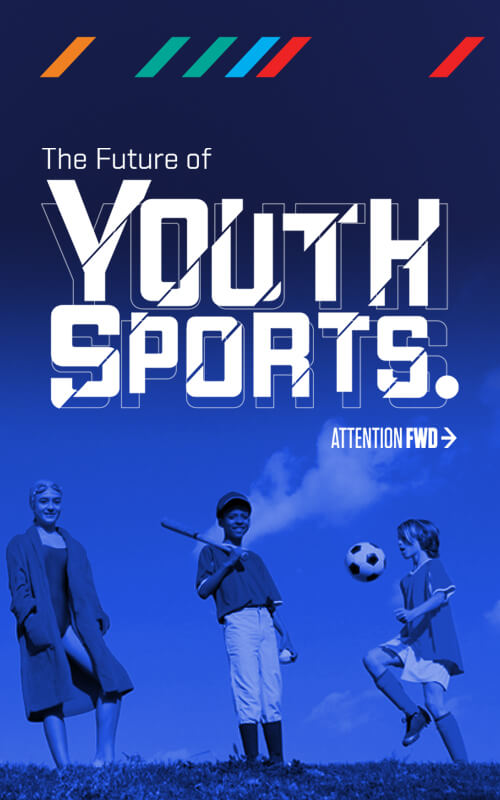The Future Is Already Here Dep’t
The town of Norwich, Vermont, has a population of just over 3,000—and the highest number of Olympic athletes per capita of any municipality in the US. The town’s secret playbook for athletic excellence? No cuts from Norwich youth teams, no specializing in a single sport before high school, according to Karen Crouse’s book Norwich: One Tiny Vermont Town’s Secret to Happiness and Excellence. With COVID-19 forcing a nationwide youth sports reset, look for the Norwich approach to take hold in more communities across the country.
Lower Costs, Sports for All
Elite club and travel teams still exist, but a more defined second track has developed for families and kids seeking a less time-consuming, less high-pressure and less costly experience lasting through the end of high school. The new youth athletic experience focuses on accessibility, participation and enjoyment, with robust infrastructure. Sustained community-level commitment fueled the creation, upkeep and equitable access to these locally focused athletic leagues and facilities.
Youth sports participation exploded, jumping from a modern-day low of 30 percent in 2019 to 90 percent in 2035.
Dystopia 2035
COVID-19 vaccines were deployed worldwide in 2021, and the youth sports juggernaut picked right back up where it left off. The cost to families for club teams kept soaring, with some spending upwards of $20,000 per year per child to play on elite travel squads. Colleges recovered, and tuitions resumed their skyward trajectories. Any family with sports aspirations felt the need to hire a private coach, a nutritionist and, in many cases, a therapist to keep their kids from shattering psychologically while losing the childhoods they were never allowed to know. For-profit youth sports training facilities jockeyed for strip-mall space, and youth sports complexes exploded in and around every small city in America, with enhanced, pro-level services such as video tracking and machine-learning analysis of player performance. Inside, 3rd graders charted the spin rate on their curveball and trained in VR simulations as avatars based on their projected adult size and weight.
Sports became the exclusive province of affluent families, with a handful of (literally) elite clubs remaining, and US youth sports participation sank to 10 percent. Cultural enthusiasm for sports waned as Gen Z grew to adulthood, the US pro sports fan base shrank, and US Olympic teams fell from consistent top-three finishes in medal counts to placing out of the top 100.
-
![]()
Report: The Future of Youth Sports
OVERVIEW10 in-depth topics from recruiting to brain development to esports.
We take a deep look at the best and worst-case scenarios for the future of youth sports as parents, coaches, futurists, industry experts—and former youth athletes.


